With Projects2Products, Students Learn Process of Bringing Ideas to Market
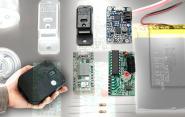
Push-ups, sit-ups, squats have been staples of exercise regimens since ancient Rome - and there’s still no exact way to measure them. But now there’s the Bulldog RepBox™, which helps everyone from average gym rats to pro athletes to perform them with complete consistency.
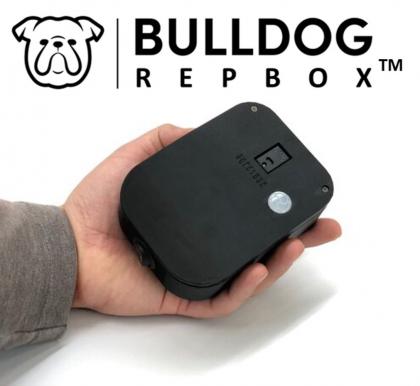 The device could soon be seen in a lot more gyms, thanks to Projects2Products, an undergraduate student program that gives hands-on experience in turning student projects into commercial products. The program is supported by the Center for Engineering Innovation and Design (CEID), the Tsai Center for Innovative Thinking at Yale (Tsai CITY), and the SEAS Greenberg Engineering Teaching Concourse (GETC). Besides sharing the ingenuity of Yale’s students to parts well beyond campus, Projects2Products gives students a chance to work on all angles of entrepreneurship - product design, manufacturing, and marketing.
The device could soon be seen in a lot more gyms, thanks to Projects2Products, an undergraduate student program that gives hands-on experience in turning student projects into commercial products. The program is supported by the Center for Engineering Innovation and Design (CEID), the Tsai Center for Innovative Thinking at Yale (Tsai CITY), and the SEAS Greenberg Engineering Teaching Concourse (GETC). Besides sharing the ingenuity of Yale’s students to parts well beyond campus, Projects2Products gives students a chance to work on all angles of entrepreneurship - product design, manufacturing, and marketing.
In designing the program, Deputy Dean Vincent Wilczynski said he had President Peter Salovey’s concept of Yale’s “Innovation Corridor” in mind - that is, the combined forces of the CEID, Tsai CITY, and GETC, and its promise “to enhance our city’s reputation as a center for technology and innovation.”
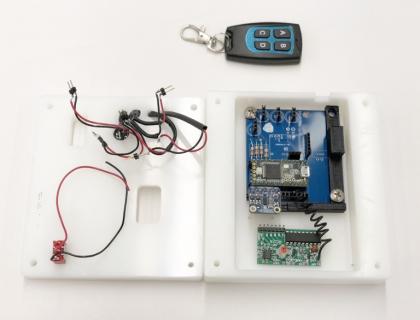
“This is a program that comes from the community of Yale - Yale Athletics, Yale students, and Yale Engineering - to create a learning environment for students to experience an idea in the full-scale development of a commercial product, which includes manufacturing and engineering,” Wilczynski said. The program has been working with leaders in Yale’s Cooperative Research and General Counsel offices on trademarking and other details
Clare Leinweber, executive director of Tsai CITY, said the Projects2Products is a great example of the kind of collaboration that Yale excels at.
“I was so glad when Vince reached out to talk with me about his idea for the Projects2Products initiative,” Leinweber said. “It lends itself well to the kind of collaboration that CEID and Tsai CITY seek with each other, and which students value. I’m looking forward to the next steps with RepBox as well as exploring new ideas in the coming academic year.”
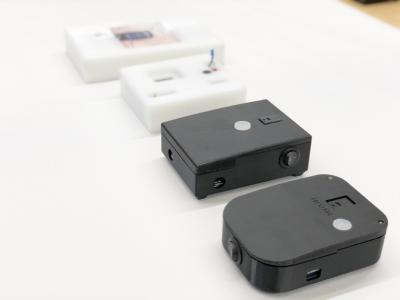 The RepBox is the first installment of Projects2Products. The RepBox project originated in the course Engineering Innovation & Design (ENAS 118) in 2018, when students worked with Thomas Newman, then Yale’s director of sports performance and innovation, on designing a device to help users perform squats properly and consistently. A key component of the design is its time-of-flight sensor, which measures the distance between the athlete’s body and the floor. The RepBox uses this continually monitored signal to alert an athlete when the proper exercise height has been obtained.
The RepBox is the first installment of Projects2Products. The RepBox project originated in the course Engineering Innovation & Design (ENAS 118) in 2018, when students worked with Thomas Newman, then Yale’s director of sports performance and innovation, on designing a device to help users perform squats properly and consistently. A key component of the design is its time-of-flight sensor, which measures the distance between the athlete’s body and the floor. The RepBox uses this continually monitored signal to alert an athlete when the proper exercise height has been obtained.
With the basic concept and prototype worked out in ENAS 118, the device then went to CEID Design Aides, who designed a printed circuit board to house the electronics and honed the overall design. Led by CEID Fellow Antonio Medina (B.S. Mechanical Engineering, Yale College ’19), the team at the CEID developed a design process to manufacture the devices using the CEID’s fabrication and assembly equipment. This phase also involved making the device more user-friendly, refining how it feels and sounds, and making it more durable. A major goal was making sure that it fit in well with a gym or physical therapy environment.
“We wanted to give it a little more of an ergonomic feel, making it a size that's comfortable and portable, but not so small that you can lose it,” Medina said.
Also important was creating an interface - including buttons, display, and sounds – that are familiar and easy to use. Even simple things, like adding rubber feet to keep it from slipping around on the gym floor, go a long way toward making the device market-ready.
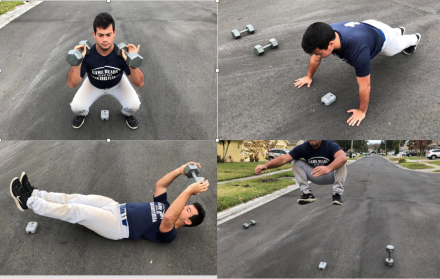
“It's a great lesson in how long things take to refine things and understand what the client or consumer would really want,” said Medina, who heads to Stanford University in the fall to begin his graduate studies in design.
With some tweaking, such as figuring out the best way to fit the device's electronics, the team was able to streamline the manufacturing process, which paid off in a smaller and less expensive RepBox. The original design was brick-sized, weighed a couple pounds and cost about $100 to make. The CEID team’s 3D printed iteration weighs less than a pound and now costs $40-$50. It’s even outfitted with a sleek logo designed by Jacob Payne, a member of the student team, who majors in architecture. So far, they’ve made about 50 of the devices which have been deployed for market testing.
They’re now working with a manufacturing company in China founded by SEAS alum Gordon McCambridge ’16 to explore mass-producing the device.
“They have a lot of experience with this kind of thing, especially small enclosed electronic devices,” Medina said. “So it’s right up their alley to take a look at our design and see if they can refine it a little further.”
Tsai CITY Innovation Fellow Matt Gira is heading up the marketing aspect of the project. Gira saw the device’s potential as soon as he saw it.
“The big question I had right away was ‘What’s the price point? - all the typical business questions,” he said. “The entrepreneur in me came out really quickly - price point, market, where do we start? I had a billion questions that came through.”
To get some impartial, non-Yale feedback, they’ve sent the devices to numerous university trainers, physical therapists, and strength coaches. These include University of Florida, the University of Kansas, and Notre Dame. The Municipal Police Training Committee (MPTC) in Massachusetts is also evaluating the device. Newman visited MPTC on one of the days they were training with it.
“They used it for pushups, and it was bullet-proof. It was great,” Newman said.
With a lot of innovations, new ways to use them become apparent once they’re out in the real world. That’s been the case with the RepBox. Though originally designed for squats, testers used it to also standardize their push-ups and sit-ups. Coaches at the University of Kansas even used it to verify depth of motion for basketball shots. As part of the market research component of Projects2Products, the original - and more specific - name of “SquatBox” has been altered to the wider-encompassing “RepBox.”
The feedback they’ve gotten so far includes some helpful suggestions, like making the audio signal louder and adding a repetition counter. They’ve also gotten a lot of rave reviews, which doesn’t surprise Newman. It’s the era of the tech-savvy athlete, but judging pushups and squats has long been very subjective and based on very inexact methods. The RepBox brings science and consistency to these exercises.
“It is really accurate and it’s really reliable,” Newman said. “It’s really cool, and it solves a problem. It’s an example of something that’s a testament to practical design and product development.”

